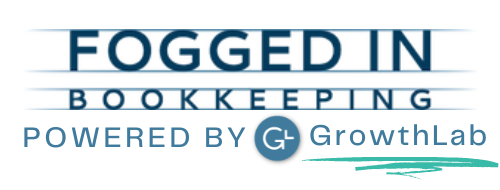
01 Apr Paycheck Protection Loans: SBA Relief Option 1
The much-awaited Cares Act passed last week. Included in the act were SBA relief loans like the Paycheck Protection loans. Immediately small business owners began the quest for “free money”. We have compiled a list of resources below to help business owners with this process. The list will update these as things evolve; which they seem to do each day. Also, a word of caution, many owners see the Paycheck Protection Loan program as the magic bullet, and it isn’t always the best solution for every case. There are SEVERAL other relief offerings under the CARE Act and each has unique benefits.
 We STRONGLY encourage you to understand all the SBA relief options. Unemployment, expansion of the family leave program, and EIDL loans are also available. Understand fully what the requirements of each program then do some quick math for your own circumstances.
We STRONGLY encourage you to understand all the SBA relief options. Unemployment, expansion of the family leave program, and EIDL loans are also available. Understand fully what the requirements of each program then do some quick math for your own circumstances.
SBA Payment Protection Loan Resources
Paycheck Protection Loans Overview and Application
COVID RECOVERY OPTIONS from the SBA
Chamber of Commerce Guidance and Quick Reference
Common Questions About SBA Relief Loans:
How do I demonstrate that I have suffered substantial economic damage?
Sales Dollars and Volumes
- Declining sales during the disaster period may indicate a business has been economically injured
Profit Margins
- Losses or reduced profits during the disaster period may also indicate a business has been economically injured
Cash Burn Rate
- The cash burn rate indicates how much additional cash a business needs each month to meet obligations and pay operating expenses
Current Ratio, Quick Ratio and Days Sales Outstanding
- Worsening ratios may indicate that the business is experiencing reduced liquidity and is, therefore, having difficulty meeting their short-term debt obligations
Accounts Receivable Aging and Turnover
- Turning receivables slower indicates a business may have less working capital available to meet obligations and pay expenses
Inventory Turnover
- Declining turnover typically indicates weakening sales
Accounts Payable Aging and Turnover
- Delinquency of payables indicates that a business may not able to meet its obligations
Debt Service Coverage
- This ratio is a measure of the cash flow available to pay current debt obligations and is calculated as net operating income divided by total debt service (principal repayments, interest payments and lease payments). A declining debt service coverage ratio indicates a deterioration in a business’s potential ability to meet future debt payments.
What is the lookback period?
The prior year of 2019 is where you likely will draw your “monthly average” figure from. Pull your 2019 payroll and tax amount to calculate the required amount needed for the SBA Payment Protection Loan application.
What additional information will my SBA lender need?
While it may vary from lender to lender the below list is the most likely list of items required.
- SBA Form 5 or Form 5C (Loan Application Form)
- IRS Form 4506-T (Tax Information Authorization)
- Schedule of Liabilities listing all fixed debts (Form 2202)
- Complete copies, including all schedules, of the most recent Federal income tax returns for the applicant business;
- Personal Financial Statement (SBA Form 413D) completed, signed and dated by the applicant, each principal owning 20 percent or more of the applicant business and each general partner or managing member. The SBA requires the principals of the business to personally guarantee repayment of the loan.
- Monthly sales figures (you may estimate if actual figures are not available) beginning 3 years prior to the disaster and continuing through the most recent month available (Form 1368). The total for each year should reconcile to the sales figures on your tax returns for the corresponding fiscal year.
- Supporting Information (Form P-019).



No Comments